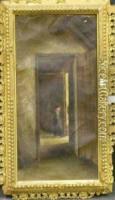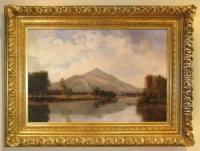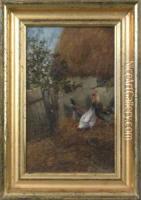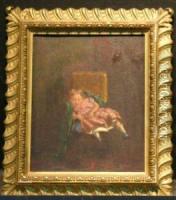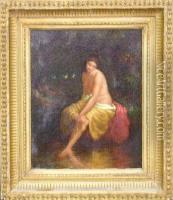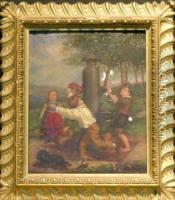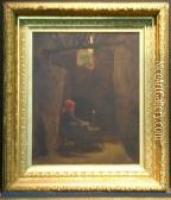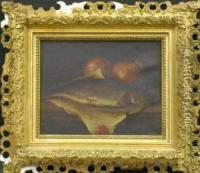William Henry Hilliard Paintings
William Henry Hilliard was an American painter born on January 10, 1836, in Auburn, New York. He was known for his landscape and genre paintings. Hilliard's interest in art began at a young age, and he pursued his passion by studying at the National Academy of Design in New York City.
After his education, Hilliard traveled extensively, drawing inspiration from the American landscape. His works often depicted serene rural settings, with a focus on the natural beauty of the countryside. Hilliard's attention to detail and his ability to capture the essence of pastoral America in the 19th century gained him recognition among his contemporaries.
Throughout his career, Hilliard exhibited his work at various institutions, including the Boston Art Club and the Pennsylvania Academy of the Fine Arts. His paintings also graced the walls of the National Academy of Design, where he first honed his artistic skills.
Hilliard's approach to painting was characterized by a delicate touch and a harmonious palette, which resonated with the aesthetic values of his time. He was part of the Hudson River School, a mid-19th century American art movement embodied by a group of landscape painters whose aesthetic vision was influenced by romanticism.
William Henry Hilliard passed away on November 17, 1905. His legacy lives on through his contributions to American art, and his works continue to be appreciated for their historical value and artistic merit. They can be found in various collections and museums, serving as a testament to Hilliard's skill in capturing the spirit of America's landscapes.
